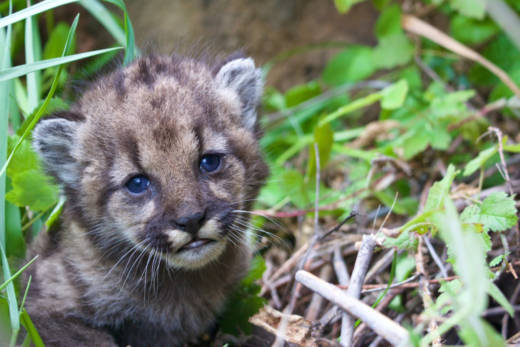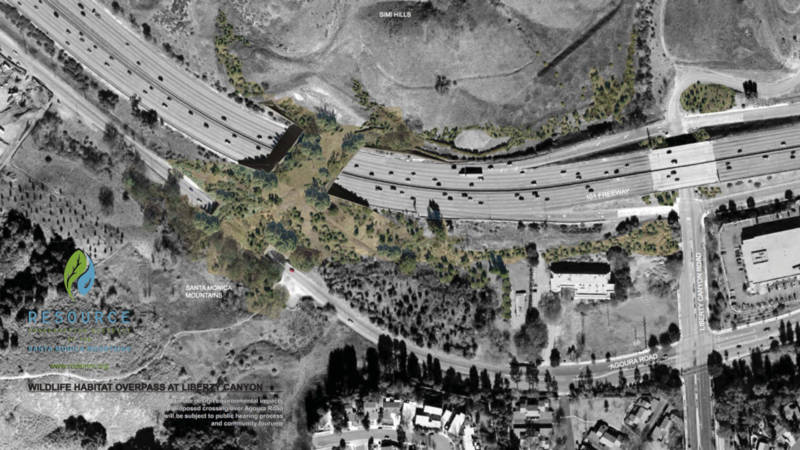A 4-week-old kitten named P-54 is believed to be the product of mountain lion inbreeding, according to a statement released by the National Park Service on Monday.
The cub's mother is P-23. Its father is believed to be P-23's half-brother P-30.
While reproduction within the mountain lion population south of the 101 is generally a good sign for the species, inbreeding could also lead to serious problems for the population in the future, said Seth Riley, a wildlife ecologist with the NPS.
"The mountain lions south of the 101 are completely cut off to the north by development and the 101 freeway," he said. "As of a few years ago, before one male mountain lion crossed [the 101] into the Santa Monica Mountains, the genetic diversity was lower than anything ever before seen in the West."
Last November, wildlife activists acquired a strategically located 71-acre swath of land between the Santa Monica Mountains and Simi Valley that they hope will be home to the area's first overpass for wildlife.

